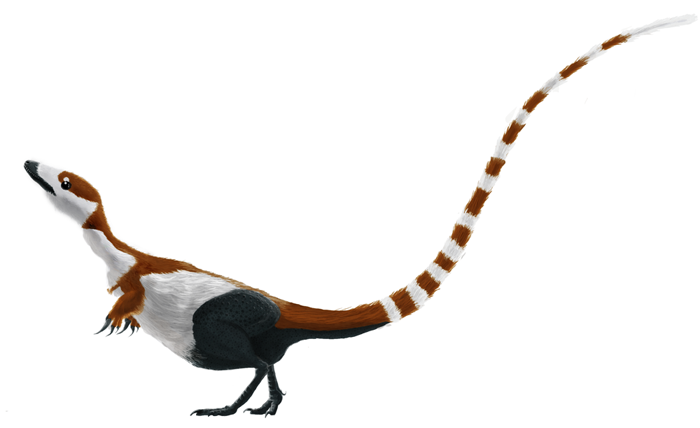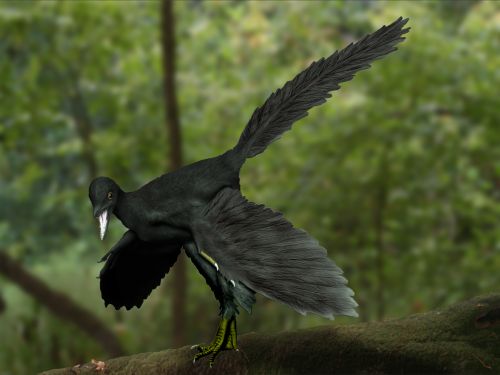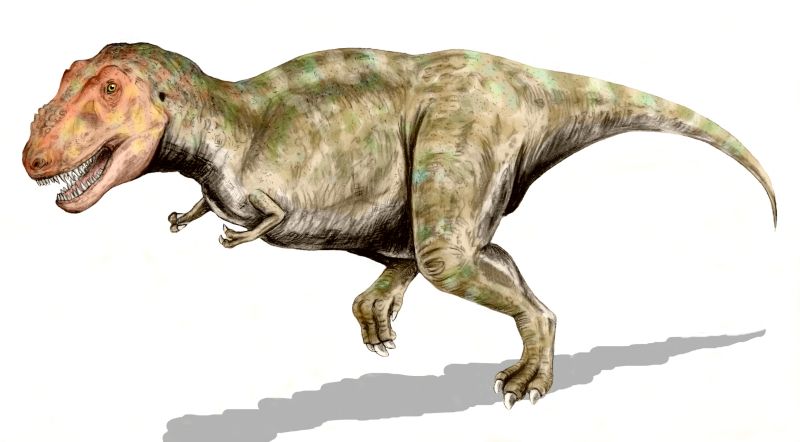Days till:
It is: SPRINGTIME!!! (though it's hot like summer-time here in Utah!)
It is: 9 days till Palm Sunday
It is: 12 days till April Fool's Day
It is: 16 days till Easter Sunday
In the Spotlight:
Not much to say on Jurassic World today. I will draw your attention to the fact that the Lego Jurassic World game's trailer however was just released a few days ago. It's a pretty cool game! Not only does it focus on the plots of Jurassic Park 1, 2, and 3, but also on the fourth film! Here is the trailer below:
In other Jurassic World news, there is a rumor floating around the internet that the next Jurassic World trailer will be released sometime today. Others think it will merely be the Super Bowl TV spot redubbed in German. I guess we'll have to wait and see!
Earlier this week, actress Cozi Zuehlsdorff (Dolphin Tale, Dolphin Tale 2), who, if you know me well, is my favorite actor, could be heard on a newly released song from Hellburg, called "The Girl". Cozi co-wrote and performed the song for the soundtrack! Her voice is awesome! Check out the song below:
Topic of the Week by Christian Ryan
Dinosaurs are some of the most awe-inspiring creatures ever to walk the earth. You've probably seen hundreds of them in books, television, toy shops, museums and theme parks. You might think you know what they look like. But did you know that just about every dinosaur you've ever seen is a work of fiction? I mean, we don't even know what color these animals were. For years, the trail was cold. Why? Well because first of all, while we have a lot of dinosaur fossils – stone copies of long dead bones – dinosaur fossilized skin isn't that common. And when it's found, the coloration is gone. So scientists have had to guess.
So what factors would possibly determine what color dinosaurs were? Knowing what habitat they lived in definitely helps. Maybe a dinosaur living in a forest would have spots for camouflage or a predatory dinosaur might have stripes like a tiger to conceal itself from its prey until the attack. But that's all scientists used to be able to do – guess! They had no sure way of knowing what color the dinosaurs were. Scientists were sure that the color of the dinosaurs would never be revealed. I mean, it can't right, considering the coloration of the skin is gone . . . right? Not anymore!
In 2010, a paleontologist named Fucheng Zhang and his colleagues completed their studies of a little dinosaur called Sinornithosaurus. What they discovered would totally change the way we view these animals. Pigment in hair, fur and feathers comes from microscopic cells called melanosomes. What color you are depends on the shape of the melanosomes in the skin/feathers/fur. Zhang believed that if these structures appeared in the cells of the extinct animals when they were alive, they should also appear in the fossils. He was correct! By comparing the melanosomes in Sinosauropteryx with living animals, he was able to determine the color of this dinosaur when it was alive! For the first time in thousands of years, dinosaurs can be depicted in their real colors, so what color was Sinosauropteryx? Well, based on this study Sinosauropteryx is believed to have been reddish-brown with ginger-colored bands on its tail.
 |
| Sinosauropteryx - by comparing the melanosomes genes found in the fossils of this dinosaur with modern animals, scientists were able to learn the true color of this animal. |
Sinornithosaurus is probably a member of the dromaeosaur family (this group contains animals such as Deinonychus and the ever-popular Velociraptor). This dinosaur's coloration was revealed at the same time as Sinosauropteryx's was, and the study revealed that Sinornithosaurus was probably a mixture of browns, yellows, reds and blacks – perfect coloration for a life hunting in the ancient, pre-flood forests of China. This dinosaur has another deadly secret – a recent study not only suggests this was a colorful and dangerous predator, but also a venomous one at that! Stay clear of this dinosaur!
 |
| The skeleton of Sinornithosaurus |
At about the size of a raven, the bird known as Archaeopteryx, is perhaps one of the most famous of the extinct birds (next to the Dodo bird). After looking at the microscopic melanosomes in 2011, graduate student Ryan Carney and his colleagues discovered it was mostly black. While the study doesn't prove that it was 100% black, it still makes the older paintings of Archaeopteryx as a colorful creature obsolete.
 |
| Archaeopteryx - this bird was created on Day 5 of the Creation week 6,000 years ago with stunning black feathers. Black feathers suggests this bird was diurnal. |
 |
| This painting of an Archaeopteryx is inaccurate because this bird is now known to have been at least partially/mostly black. |
Up until 2013, extinct animal coloration studies were done on small animals that had either feathers, in the case of Microraptor, Anchiornis and Archaeopteryx, or collagen fibers (not feathers), in the case of Sinosauropteryx and Sinornithosaurus. But scientists finally found out that they might be able to know about the coloration of other, larger, more familiar dinosaurs. Recently, a piece of Cretaceous fossilized hadrosaur (duck-billed dinosaur) skin was found in Alberta, Canada. This find is amazing only because it's rare, but also because it's three-dimensional – many other “skin” specimens are just skin imprints. Many scientists are hoping that those little melanosomes are still in this piece of skin so they will be able to tell what color this dinosaur might have been. Physicist Mauricio Barbie is quoted for saying, “As we excavated the fossil, I thought that we were looking at a skin impression. Then I noticed a piece came off and I realized this is not ordinary-this is real skin.”
As I said earlier, learning the color pigments of prehistoric birds and dinosaurs is nothing new, but this is the very first time it will be done with actual dinosaur skin (remember, the study on Sinornithosaurus and Sinosauropteryx . . .). This hadrosaur is not the only dinosaur being tested for melanosomes however, a Tyrannosaurus rex nicknamed “Scotty” is also being a analyzed. Wouldn't it be great to know the real color of the most famous dinosaur of all time?
Evolutionists are always puzzled when new discoveries are made dealing with fossils that have been so inquisitively preserved, from the intricate feathers of a Microraptor to the 3D piece of hadrosaur skin, because they would have needed to have been buried very quickly to be preserved so well. These scientists date these animals based on which fossil layers they've been found in and are often dated to being millions of years old; within biblical, Flood-model geology however, “many of the fossil-containing rock layers can be best understood to reflect the order of burial during the global Flood, which”* that occurred less than 4,500 (probably closer to 4,350) years ago. So the supposed date assigned to the fossils we mentioned today (e.g. the hadrosaur skin specimen is dated around 70 million years old in the secular worldview) are mere flights of fantasy.
 |
| A possible coloration for Tyrannosaurus rex |
Wow! Who knew fossils could give us so much information about these extinct animals, now we have even begun to unravel their colors! What color do YOU think Tyrannosaurus and hadrosaurs were? Please come back next week where we can learn more about the wonderful world God has created for us to live in. Bye for now!
Disclaimer: Many (or in some cases all) of the photographs and images above are not mine. If you own one or more of them and would like them to be removed, politely let me know via my email address, animaladventures@gmail.com.




No comments:
Post a Comment